Measuring Workout Intensity – How Hard is Hard?
Why is Measuring Workout Intensity Important?
Measuring workout intensity makes a dramatic difference to the success of training programmes, especially if you’re at a loss as to why your progress has stalled.
In a lot of cases people get stuck in a rut or just don’t push themselves.
There are also people who genuinely think they’re working hard, until they actually monitor their output and realise there’s a lot more that they could be doing in their gym time.
From a personal training point of view, it makes my programming more effective. I’ve used a heart rate monitor for every workout I’ve done for two years.
Given I train around 4 days per week on average, it means I’ve got a data set of around 400 workouts (growing every week) worth of exercise intensity and my personal response to different approaches.
I can use this data for my programming, meaning when I write programmes for my online training club members I know they’re effective.
Measuring workout intensity enables you to track training schedule accurately.
If you are training really hard, it won’t be long before your body starts to break down and need a rest (read what happened to me when I didn’t rest).
You may not be aware of exactly how hard you are training, but by measuring your workout intensity with a heart rate monitor, you’ll likely be provided with data that will give you a suggested recovery time…
This was my suggested recovery time after a few days of particularly tough training. In my experience it’s a little too cautious, suggesting you need more rest than you actually do, but it’s a decent benchmark.
So with the ‘why’ cleared up, let’s move onto the ‘how’ – how do you monitor workout intensity?
In the article I run you through the three most common and accessible for the everyday gym user, explain the basic pros and cons and then tell you about my preferred way of measuring workout intensity…
Common Ways of Measuring Workout Intensity
Heart Rate Monitor
My preferred way of measuring workout intensity is with my heart rate monitor. There are dozens of heart rate monitors on the market – some great, some good and some worthless. The one I use is the Polar M400, but there are plenty of other good ones available.
Nowadays most heart rate monitors include calorie burn data, step counters and heart rate zone break down.
In many cases they’re supported by apps too, allowing the heart rate monitor to be more than just an instant provider of current heart rate – with the app support it can turn into a training diary and an ongoing tracker of your fitness data.
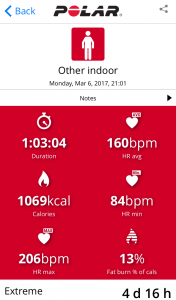
Pros of a Heart Rate Monitor For Measuring Workout Intensity
- They track your workout intensity scientifically – your heart rate rarely lies.
- A heart rate monitor provides other data too – calories, steps and heart rate zone information.
- They’re easy to use and require little interpretation.
Cons of a Heart Rate Monitor For Measuring Workout Intensity
- They cost money – anywhere from £20-£400.
- Can be over-relied on.
RPE Scale
The ‘old school’ way of measuring workout intensity is the RPE scale, short for the ‘Rate of Perceived Exertion’ scale. It’s a self-assessment scale, where people who training would mark their current state of fatigue according to a 1-10 scale.
It’s not exactly a scientific measure and isn’t a great deal of use for anyone new to exercise or the gym (simply because they don’t have much experience of intense exercise, so low intensity work may be perceived to be harder), but it does provide a personal trainer with instant feedback as to the intensity of work that the person thinks they are going through.
Pros of the RPE Scale For Measuring Workout Intensity
- The feedback is instant.
- In experienced exercisers, it can provide a decent indicator of effort and intensity.
- Easy to use for anyone.
Cons of the RPE Scale For Measuring Workout Intensity
- It’s not much use for new exercisers – they don’t have much experience of high intensity so find it difficult to gauge.
- Doesn’t provide much data.
- Is self-assessed, so not always accurate.
Metabolic Equivalent (MET)
Metabolic equivalent is a unit of measure used by sports scientists to measure energy consumption. It’s defined as 1 kcal/kg/hour and is assumed to be around the energy consumption of a person sitting quietly, so a 90kg person would burn around 90 calories per hour at rest.
It’s also defined as oxygen uptake, in ml/kg/min. In this case one metabolic equivalent (MET) is 3.5 ml/kg/min. This is slightly more abstract and of less use to the everyday gym user, but it’s important so I’ve mentioned it.
On the cardio machines at the gym, you’ll sometimes see a ‘MET’ figure – it may be 3, 5, 8, 12 etc – what this means is that the work you are doing is that many times harder than sitting down, so if the MET score was 7.9, the work you are doing is consuming 7.9 times the energy than sitting down would.
Pro’s of the Metabolic Equivalent Score (MET) For Measuring Workout Intensity
- Easy to understand.
- Instant feedback.
- Widely available.
Con’s of the Metabolic Equivalent Score (MET) For Measuring Workout Intensity
- Only accurate if good data is inputted into the machine – otherwise it’s miles out.
- Doesn’t tell us much else about the exercise, only the energy expenditure.
There’s an old business saying, what get’s measured gets managed. The same can be applied to fitness. By measuring your workout intensity you can improve the effectiveness of your workouts and general exercise dramatically.
Don’t leave it to chance – for the investment of a small amount of money you could buy yourself a heart rate monitor that changes your training and health forever!
By the way, if you subscribe to the Hoyles Fitness mailing list you’ll receive a free eBook containing 101 Health and Fitness Tips, plus offers and news exclusive to Hoyles Fitness subscribers. Click the image below to download…
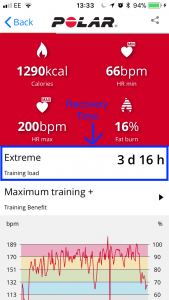
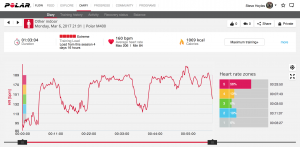
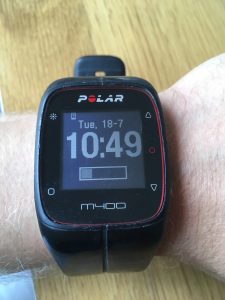
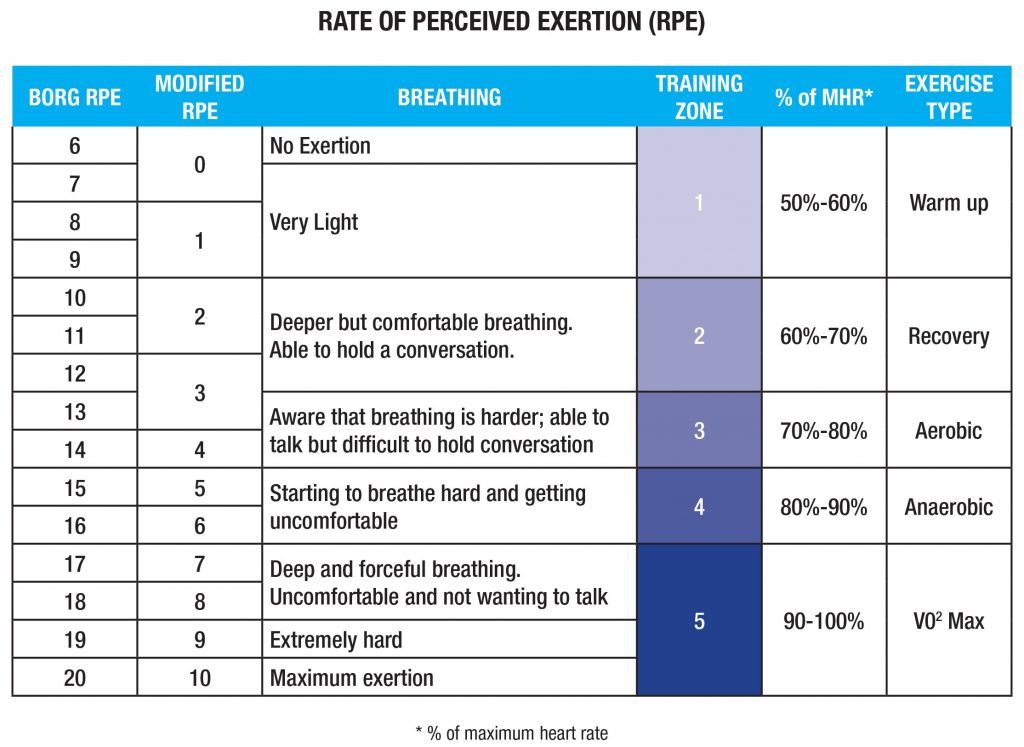
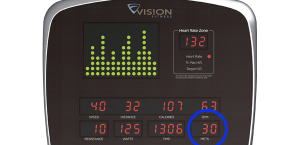

2 thoughts on “Measuring Workout Intensity – How Hard is Hard?”